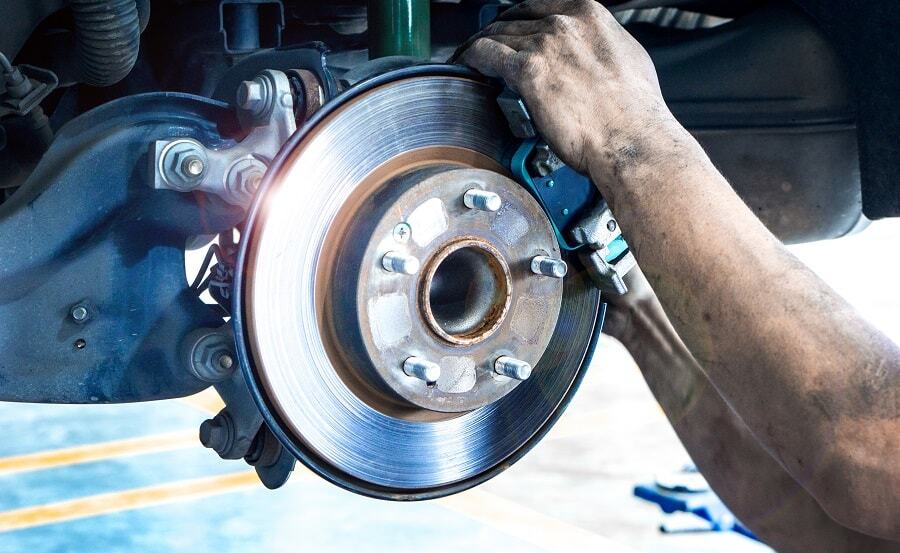
Efficient operation of the brake system is one of the key conditions for safe driving. Therefore, keeping brakes in good working order is a duty of every car owner: you should replace consumables in time, check the pipeline for leakages, and remove air from the system if it got there. Let’s figure out the causes of air in the system. In this article we tell you what is the correct order to bleed brakes.
5 main causes of air in the system
How do you know when your brakes need bleeding
The issue is accompanied by characteristic signs. When pressing the pedal, you can feel that its resistance has reduced significantly. Sometimes, you have to press the pedal several times to make the brakes operate. With each pressing, the pedal becomes stiffer. Sometimes, braking actually starts when the pedal is pressed almost fully. On the whole, the braking distance of your vehicle becomes considerably longer than usual.

How to prepare your car for bleeding out
The sequence of steps for getting air out of brake lines varies depending on the make and model of the vehicle. It is also defined by the structure of the braking system and the presence of additional units and assemblies. Therefore, before you begin the procedure, be sure to carefully read the vehicle’s manual. It must contain a detailed description of bleeding out for your exact model. In some cases, if your car has a lot of electronic systems, you won’t be able to do it without professional help.

Prepare brake bleeder tools and other necessary means and accessories.
You’re going to need:Specifics of the procedure for bleeding brakes on different car models
The order of steps depends on the following:- Presence of the brake proportioning valve on the rear axle. It is usually installed on commercial vehicles and passenger cars of early generations. In certain road conditions, it prevents brake fluid from being supplied to the rear wheels. Therefore, to bleed brakes correctly in these vehicles, do not unload the rear axle through raising the car on a lift or jack.
- Arrangement of the brake circuits. The procedure involves getting air out of each brake mechanism. First, air is removed from one brake circuit, and then – from the other one. If the circuits are located diagonally, you should begin with the brake mechanism furthest from the master brake cylinder: most often, it is the rear right wheel. Next, proceed to the front left one, then to the rear left, and, finally, to the front right.
If the circuits are located in parallel and connect the rear and front wheels, then, the system should be bled out circle-wise. First, air is removed from the rear brake mechanism furthest from the master brake cylinder, then – from the other rear one. After that, proceed to the front wheels.
- Presence of the anti-lock braking system (ABS). This system prevents wheels from getting completely locked during braking, to avoid skidding. It can be found on most of the modern cars. It prevents loss of control during emergency braking or when attempting to stop on a slippery surface. Its design comprises a brake pressure modulator, and air has to be removed from it as well.

- Hydraulic pump instead of the vacuum brake booster. You can see it on the BMW 7 series (E32), Nissan Cedric Y32, Toyota Land Cruiser 105, Mitsubishi Pajero III, and other vehicles. In some cars, it is used in addition to the vacuum booster. In this case, you’ll have to switch on the pump to remove air.
- Additional features. If your car is equipped, for example, with an electronic stability system, it’s better to seek help of specialists from a garage to get air out of brake lines. You should also opt for having this job done by professionals if ABS units are located in different parts of the vehicle; because in this case, the procedure requires the use of a diagnostic scanner and is started with the help of software. The Land Cruiser 200, BMW X5 and other cars are among the models of this kind.
How to bleed brakes on a vehicle that has no ABS
- Unscrew the reservoir cap.
- Top up the brake fluid to the “Max” mark.
- Pour some fluid in the drain tank.
- Attach the hose to the brake bleeder screw, and immerse its other end into the drain tank with fluid.
- Ask an assistant to press the brake pedal several times in a row, and then to press it to the maximum possible extent.
- At the same time, unscrew the bleeder screw to let the fluid flow through the hose.
- Tell your assistant to press the pedal to the full.
- Watch the fluid coming out of the bleeder screw. There are going to be bubbles in it.
- Screw in the bleeder screw. After that, your assistant may release the pedal.
- Repeat the procedure 4–5 times for each brake mechanism.
- Don’t forget to monitor the fluid level in the reservoir and top it up to “Max”.
- While performing the job, check that the fluid doesn’t get on the car body. It contains components that produce a destructive effect on the paintwork. You must also prevent the substance from spilling on the brake pads. If it has happened, replace them.
How to bleed brakes on cars equipped with ABS
To bleed brakes in vehicles where all ABS units are combined into one module, take the following steps:- Remove the ABS fuse.
- Carry out all the steps described above.
- Reinstall the fuse.
- Make sure that the dashboard warning light that indicates an ABS malfunction isn’t on.
How to bleed brakes in cars with a hydraulic brake booster pump
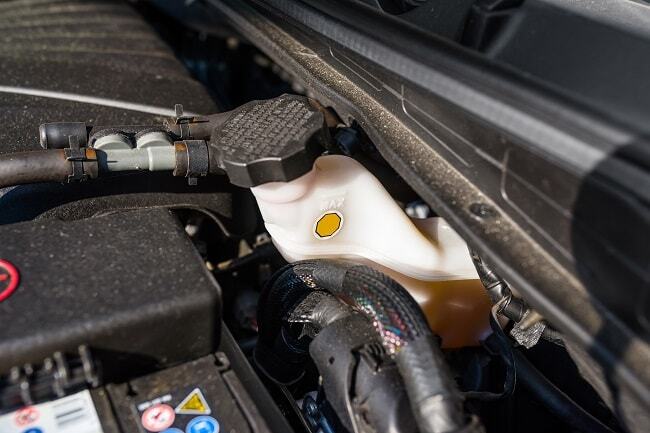
- Remove the ABS fuse from its seat.
- Attach the hose to the bleeder screw. Immerse its other end into the drain tank filled with brake fluid.
- Ask your assistant to fully press the pedal. In this case, there’s no need to previously press it several times.
- Tell your assistant to switch on the ignition by turning the ignition key to the corresponding position. This will activate the pump.
- Wait until the pump removes all air from the system. In other words, until the fluid that flows out of the drain screw has no bubbles.
- Repeat the procedure for each of the wheel cylinders (brake calipers).
- Monitor the level of the fluid in the reservoir. Top it up to the “Max” level before every cycle and also after completing the bleeding operation.
- Ask your assistant to switch off the ignition.
- Install the fuse back to its place. Make sure that the dashboard warning light that indicates an ABS malfunction isn’t on.
How to bleed brake lines if there’s no one to assist
If you don’t have anybody to help you, it’s possible to carry out the procedure yourself. There are several methods:- Bleeding is done in the same manner as with an assistant, but you should use a gas strut to hold the pedal pressed. For this purpose, you can temporarily remove one from the bonnet or the boot lid. For more convenience, you can buy a special brake bleeder kit. It includes fittings, adaptors, hoses and a drain tank. It’s very convenient that the tank is equipped with a powerful magnet, which makes it possible to attach it to any part of the car body and prevents the tank from turning upside down and spilling the fluid.
- Bleeding with the help of a special vacuum pump. It is carried out in the following way: fill the reservoir with working fluid up to the maximum level. Connect the pump hose to the bleeder screw of the wheel cylinder (brake caliper) you are working with. The fluid sucked in by the pump is collected in a special tank, and the air is removed.
- Bleeding by building up pressure in the expansion tank. You might need various devices for that: syringes, small manual compressors, and other tools. Their operating principle lies in supplying air or brake fluid into the expansion tank under pressure. This makes the fluid circulate in the pipeline, and substitutes the process of pressing the pedal. The rest of the process is similar to a standard bleeding procedure: the brake fluid with air bubbles is drained through the hose attached to the bleeder screw of a wheel cylinder (brake caliper).
Conclusion
All malfunctions of the brake system, if any, have to be eliminated right after they occur. There should be no air in the system. Therefore, as soon as you start suspecting air in your brakes, bleed them by making use of our tips.




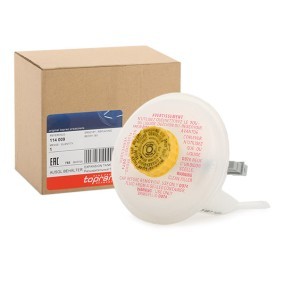

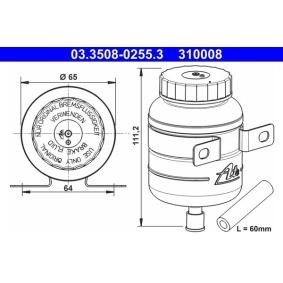






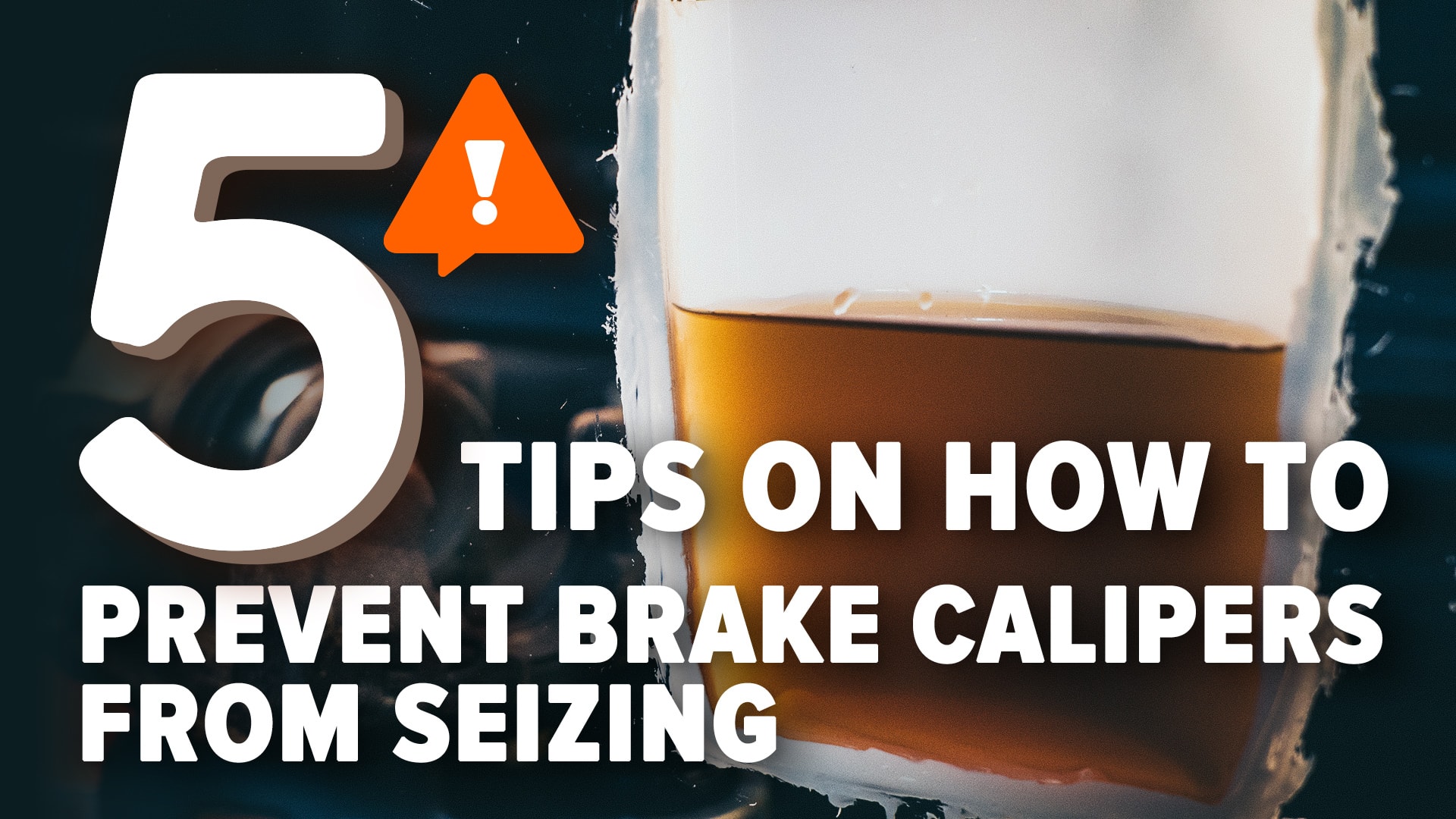
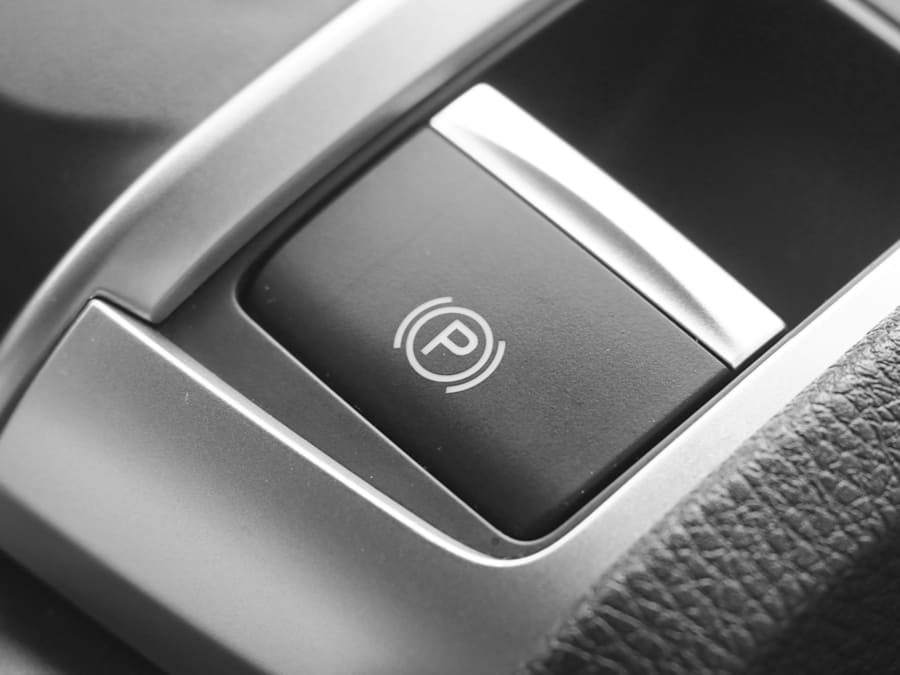


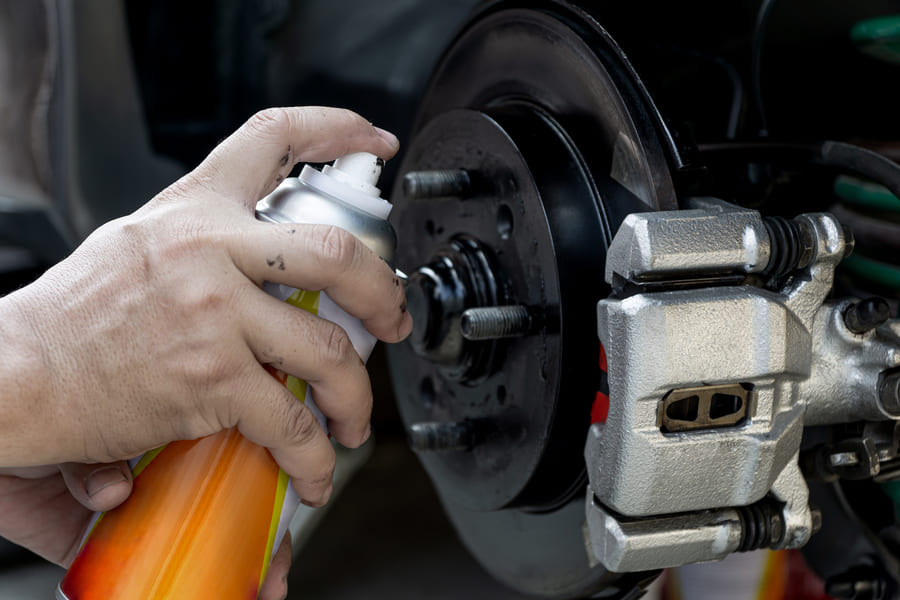
Comment